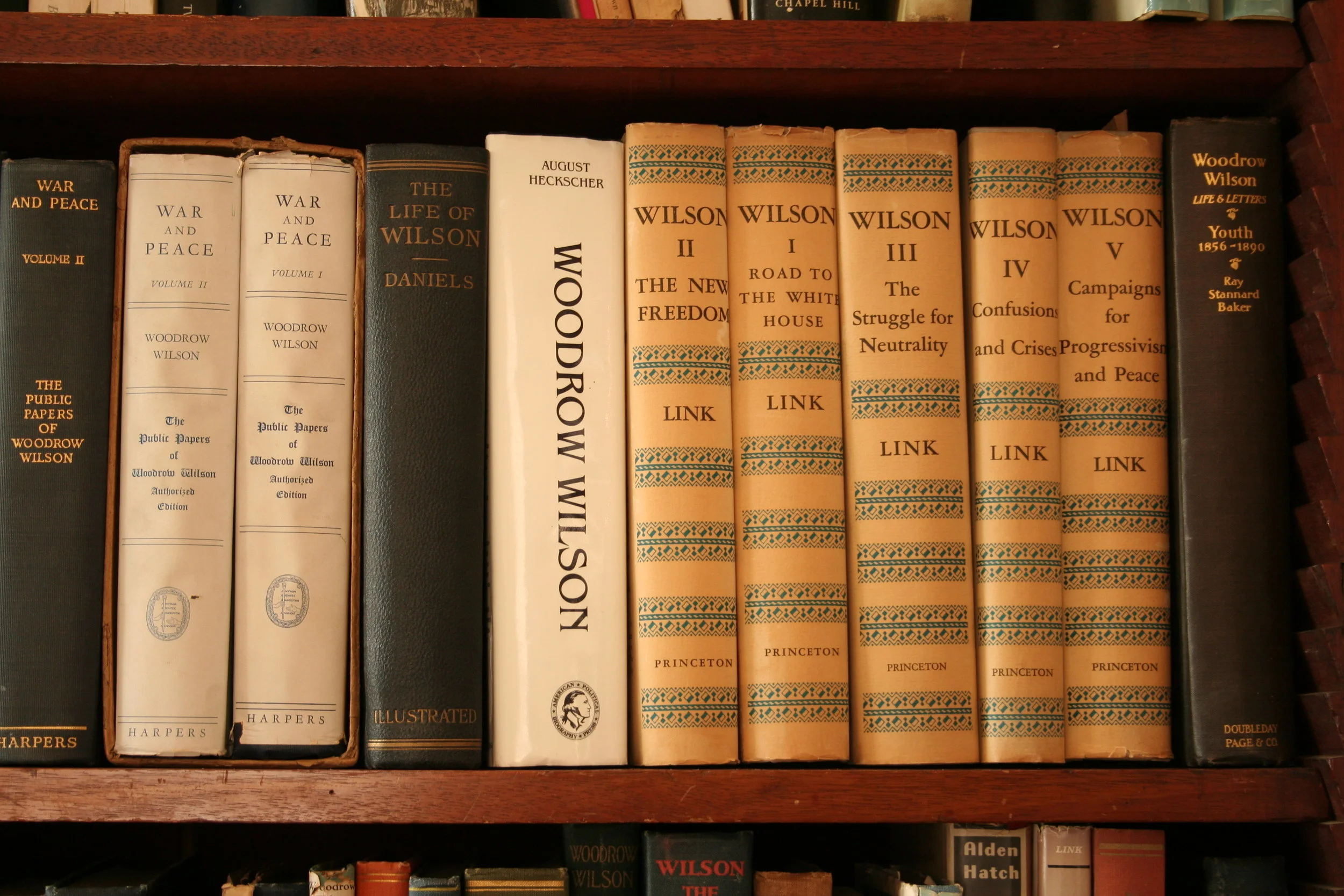Staunton, 1856
/Staunton, Va., Album of Virginia: Illustrations of the Old Dominion. Edward Beyer. 1858
In 1860, the population of Augusta County reached 27,750 people with roughly twenty percent of that population enslaved people of all ages. This is a rise from 24,600 people in 1850. Over the course of the decade, the percentage of the population enslaved remained generally the same. From the Valley of the Shadow archive, we know that just before the Civil War, 21 of the 93 households that could be identified within Staunton owned slaves. This is actually a slightly lower rate than the rest of the county, but in Staunton, the pattern was for a few families to own more people than necessary for domestic work in a typical household, as opposed to the county as a whole, where well over half of more than eight hundred slave-owning households possessed less than six people. Sixteen families in the two precincts of Staunton had at least six enslaved people so that the enslaved population could have been as high as 25 % if the pattern among identified households can be applied to the whole city. It is unclear at this point if the large numbers of people owned represent industrial work, huge households, plantations within the city borders, or hiring-out. One significant point in this pattern, though, is that only five Staunton families owned fewer than six people. It is not the case that most white Stauntonians lived alongside the same people owned by their families for many years.
Buying a person was very expensive in nineteenth-century Virginia, so I would guess that what we are seeing here is that the wealthy in Staunton hired enslaved labor from local owners, many of them farmers. Of course, some of the industries that used enslaved labor were more common in cities, too. Since most farmers lived outside the city precincts, hired slaves, in any case, would again suggest that more enslaved people lived in the city as a percentage of the population than in the county. When the Wilson family came to Staunton in 1855, the fact that the Presbyterian Church rented enslaved workers to help with their domestic tasks represented a typical pattern for the well-to-do and an effort to convince the respected minister to stay in his job with the church.
“Slave Trader, Sold to Tennessee.” Lewis Miller’s Virginia Slave Drawings. 1850s.
By the 1850s, the tobacco-based economy of Virginia had begun to falter, as the best land was exhausted and cheaper land became available further west. Many families with large landholdings in the Old Dominion began to feel the pinch. One response to the changes was a growth in the sale of enslaved people from Virginia to new cotton plantations in the Deep South. In the image above you can see people being forced to march from Staunton to Tennessee.
Others switched to more maintainable, less profitable crops such as wheat. The massive expansion of roads and railroads in the period meant that transport costs went down, but the resulting brief improvement in the economy before the war was another benefit to growing heavy foodstuffs more than tobacco. It also benefited small holdings much more than massive plantations. In the Shenandoah Valley, of course, wheat, apples, corn, and pork from small farms had always been the dominant pattern, so the markets and transportation that developed in Virginia helped local farmers get their products to the rest of the world. Staunton, a city at an important crossroads where the trunk road along the Valley met the railroad that went from Richmond to the West, experienced a tremendous boom.
Jedidiah Hotchkiss Civil War Map. War of the Rebellion: Official Records of the Union and Confederate Armies. 1890s
What this meant for Rev. Joseph Wilson is that he, as a preacher and professor, was held in high regard among a very active, focused group of people in Staunton, eager to revitalize Virginia and to lead the development of the South. For many of their circle, this continued to mean support for the traditions of slavery even as the economics of slave-owning were changing in Virginia.
Another response to the changing economy of Virginia was a new focus on education. Rich young men of the 1850s knew that plantation life had become a dead-end for them. Many of them wanted to build careers in the vibrant towns. However, there still existed a distaste for selling and producing among many Virginia gentlemen, so while some wealthy families established factories or did get involved in trade, many men sought to become ministers or teachers in the growing cities, such as Staunton.
Joseph Ruggles Wilson Sr., c. 1850








